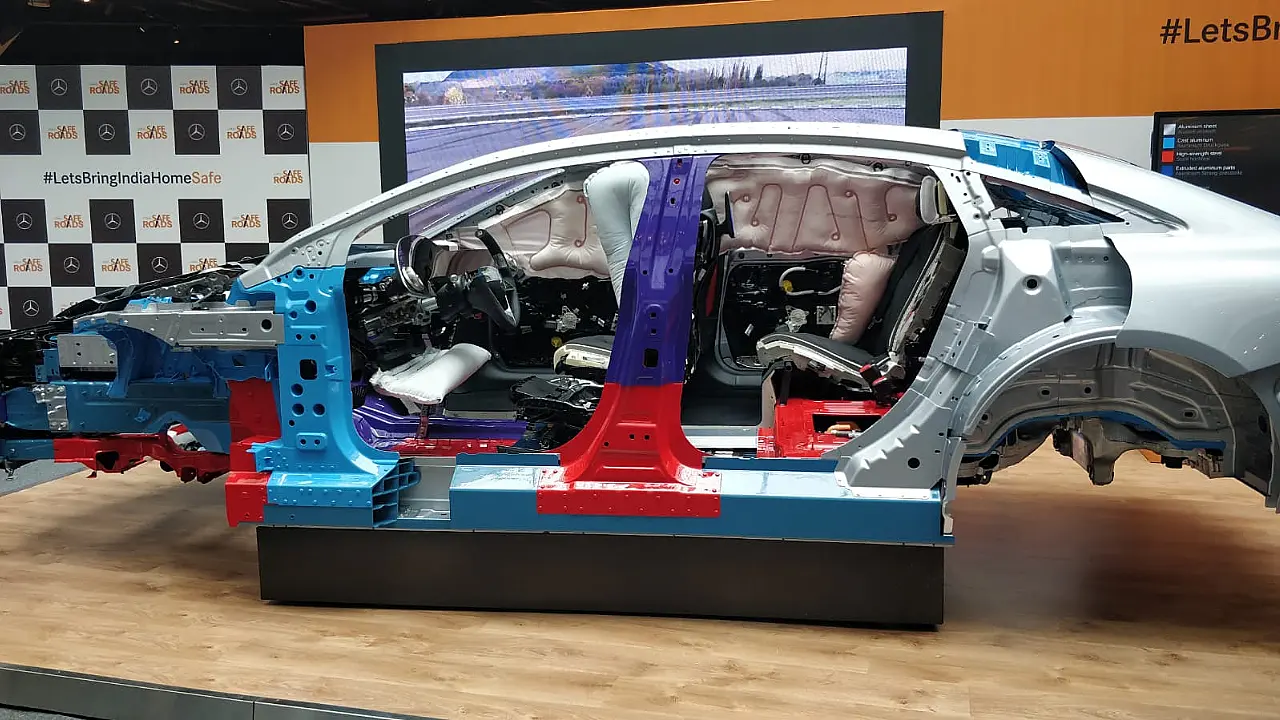
It was at a Safe Road Summit — SRS — organised by Mercedes-Benz some years ago when a participant declared that he would wear a seatbelt for keeps.
Never mind that he had been driving his car for two decades, said Jochen Feese, Leader-Accident Research, Concepts, Child Safety, Sensor Functions & Systems Integral Safety, Mercedes-Benz, in a freewheeling conversation with Mobility Outlook.
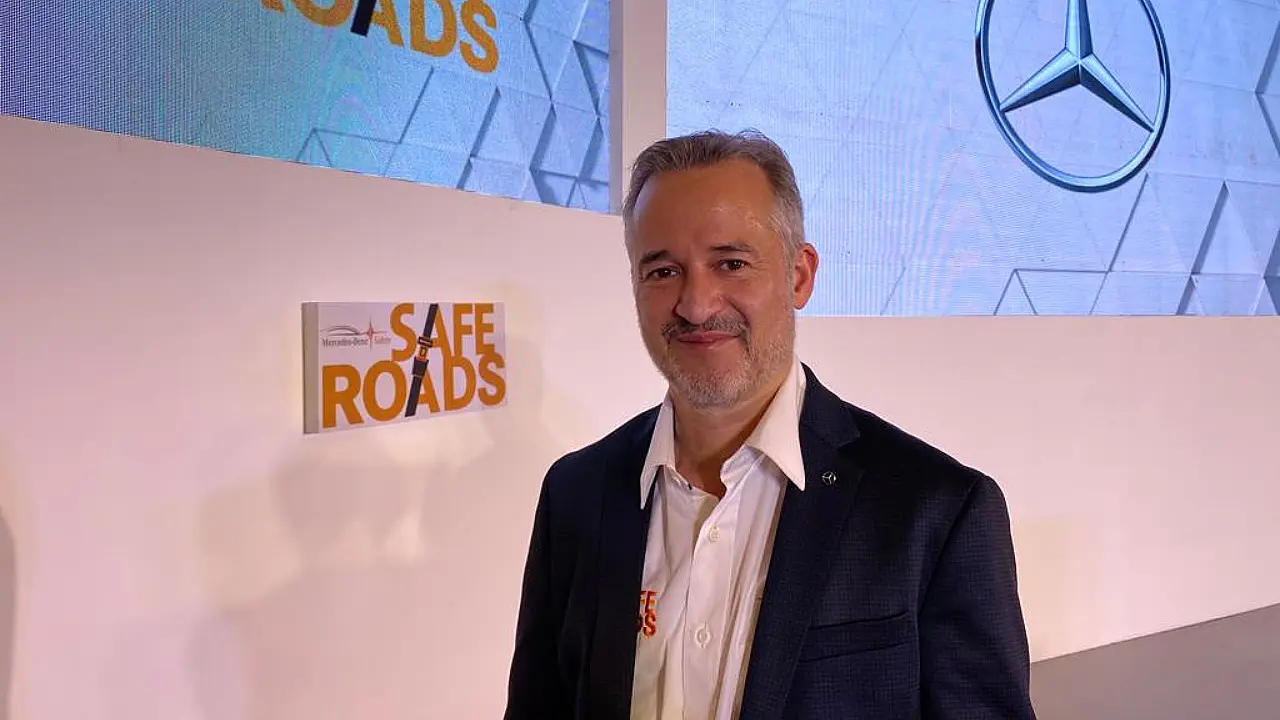
Back home in India, the importance of the seatbelt gained significance following the death of Cyrus Mistry, the former Tata Group Chairman, in a Mercedes GLC SUV road crash where he was unstrapped in the rear seat.
“We are developing our vehicles for real-life safety,” continued Feese. His accident research team investigates vehicles involved with actual accidents rather than carry out tests in laboratories. The people concerned carry out detailed studies involving over 1,000 parameters per accident.
The idea is to assess how vehicles and their safety systems perform in the field while seeking better options. Feese said the team follows the 3Rs: regulatory (for homologation), rating (for crash safety requirements as per NCAP) and real-life safety needs. There are about 40 load cases for every vehicle including frontal impact, rear impact etc.
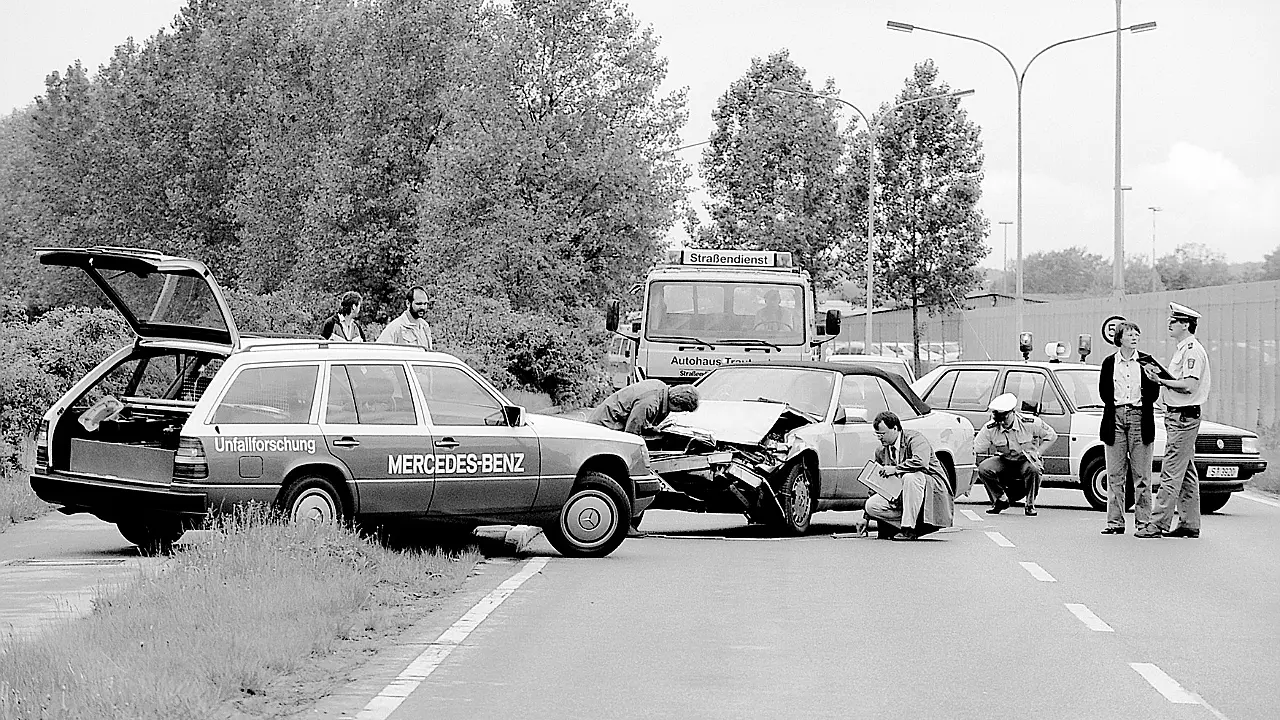
Market-Specific Research
According to Feese, India is both an important and challenging market from the viewpoint of accident research and safety. Mistry’s death happened in a Mercedes though the brand contributes little by way of accidents in India. Yet, as he added, “we need to contribute to society by the end of the day”.
The company has set up an accident research team in India which works with its counterpart in Germany and investigates accidents through the lens of statistics and reconstruction work. Within this, the four parameters include traffic safety (which is the manufacturer’s domain), infrastructure, human driver and exposure.
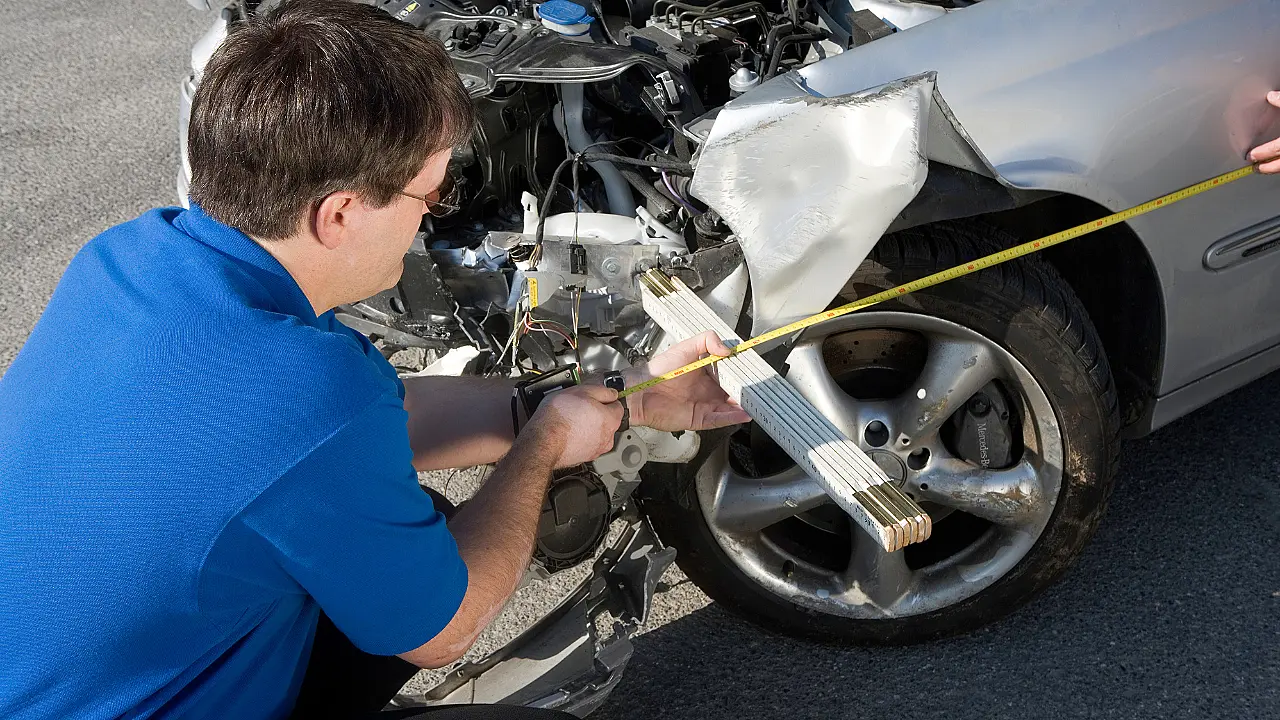
These vary from region to region and, in the case of India and other emerging markets, involve pedestrians and animals on the streets. Interestingly, 5% of the highways in India contribute to 62% of deaths. Under SRS, where Feese participated today, the idea is to raise awareness by bringing stakeholders together and meet the challenge.
The Genesis
SRS kicked off in 2015 but its roots go back many decades earlier to the 1960s when the National Highway Traffic Safety Administration of the US began addressing issues on accidents and fatalities. Mercedes was part of this initiative from the beginning and has now developed over 30 vehicles with safety features which are then demonstrated at key events like SRS.
For instance, the frontal airbags for rear passengers were part of the Experimental Safety Vehicle (ESF) showcased at SRS in 2019 and introduced in the Mercedes S Class the following year. ESF had more than 20 innovations.
The frontal airbag for the rear seat deploys gently thanks to innovative construction using a tubular structure. In severe frontal collisions, the rear airbag can considerably reduce the load acting on the heads and necks of occupants on the outer rear seats.
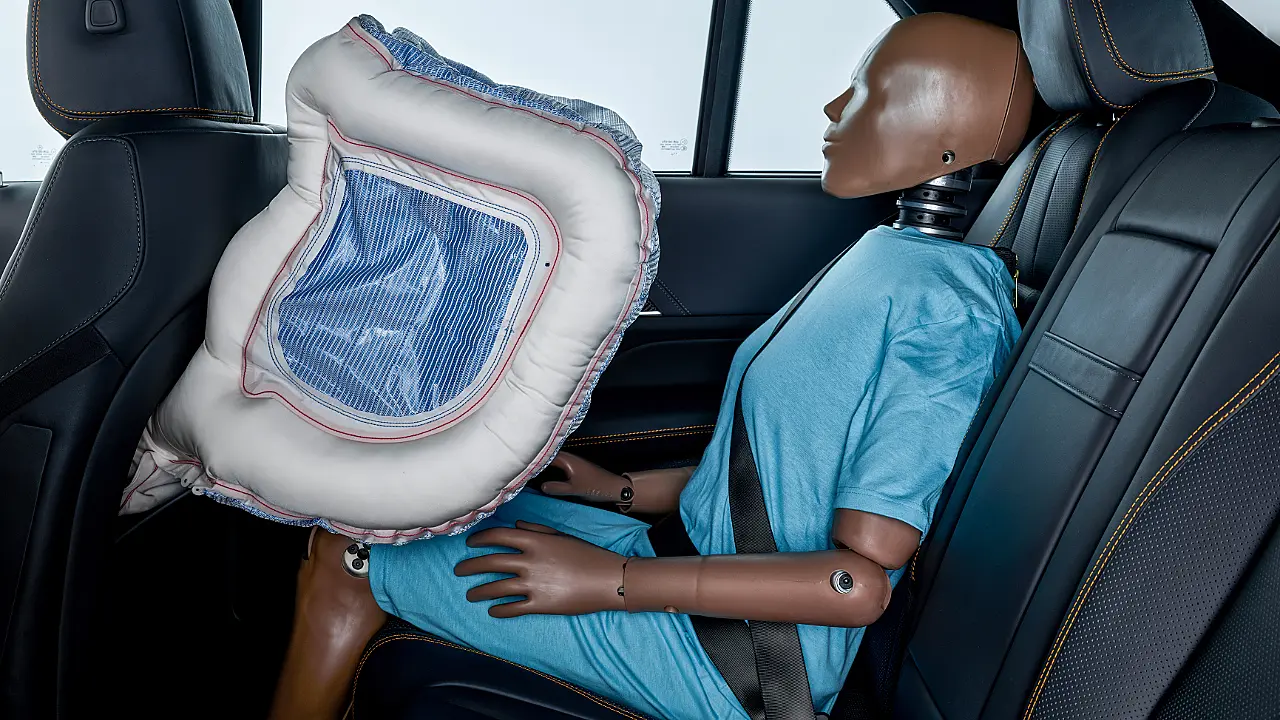
New Technologies
In the case of ESF, showcased in 2019, the research vehicle was packed with innovative tech and features such as coloured lights, projective panels and a robot. Mercedes-Benz engineers are now pushing the envelope in exploring new technology for occupant protection. While ESF 2019 was designed to ensure safety for pedestrians, cyclists and other drivers too, SRS 2022 showcased Vision EQXX today.
According to Feese, innovations come in three sets across the short, mid and the long term. Vehicles incorporate the company’s vision and engineers then work on future safety.
Next Big Innovation
The next big innovation involves more features to its pre-safe technology, showcased in 2002. At that point in time, it was all about pushing the boundaries on safety and technology by optimising passenger safety in the moments preceding a collision or single-car crash, including a rollover event.
The latest addition now is the ‘pre-safe sound’ that uses the stapedius muscle in the inner ear. It is the smallest skeletal muscle in the human body which still plays a huge role in otology.
The stapedius decouples the outer part of the ear from the inner and is activated by transmitting a unique noise generated by the new technology. The muscle then retracts, restraining the loud noise of the crash from reaching the ear. In the process, it reduces panic and prevents shocks from being sent to the brain.
Mercedes–Benz has six elements to its sustainable strategy including accident research and resource preservation. The automaker constantly urges its suppliers to scour for alternative materials for the cause of safety.
Also Read